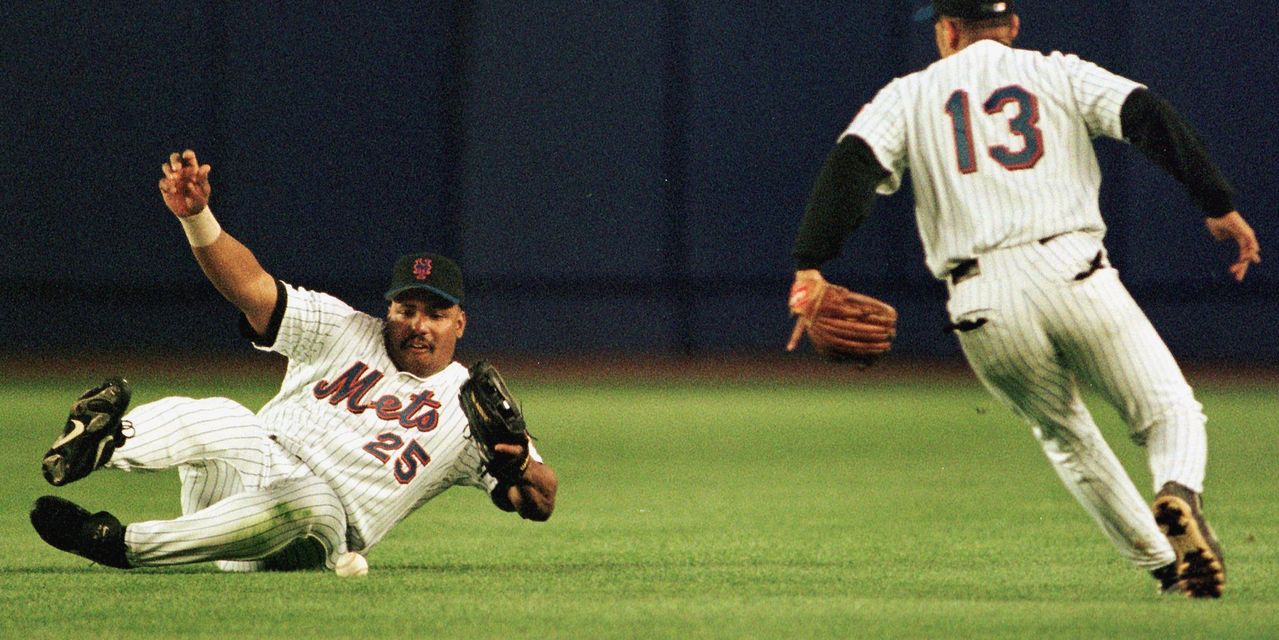
Bobby Bonilla should be a role model for working stiffs everywhere.
The retired baseball star — best known for his years with the Pittsburgh Pirates and the New York Mets — gets a $1.2 million kiss in the mail from the Mets every year on July 1, thanks to some shrewd negotiating and salary deferral when the team let him go more than 20 years ago.
The Mets wanted to buy Bonilla out of his contract in its final year in 2000. But instead of taking his final $5.9 million payment upfront, the third baseman opted for deferred payments down the road. So he got $1.2 million a year, starting in 2011 and carrying on until 2035, when he’ll be 72. Total payments: nearly $30 million.
To hedge the risk, the Mets invested the money back in 2000 with a shrewd New York money manager with a terrific reputation for earning big, steady returns.
His name? Bernie Madoff.
Oops.
The Mets could have made it easy on themselves — like hedge-fund investors everywhere, actually. If they’d invested that money instead in a portfolio of two simple mutual funds — 60% Vanguard Global Equity VHGEX, -0.49% and 40% Vanguard Bond Index Funds VBMFX, — they’d have earned 8.3% a year, more than enough than to send Bonilla the money owed each summer.
Oops, again.
Bonilla, today, is better compensated than some active players, as ESPN has noted. (The statutory minimum salary for big leaguers in 2021 is $570,500.)
When it comes to handling his retirement, he did three things right.
• The first, of course, was to pursue excellence at what he did, maximizing his economic value and his income (he made the All-Star team six times).
• The second was to think about his future, so, instead of taking his final year’s salary upfront, he took a deferral.
• The third was to defer it at a good rate of interest — 8% a year.
OK, so few of us are going to be baseball all-stars, make millions a year, or look forward to banking a pension of more than $1 million a year.
But that doesn’t mean we shouldn’t be thinking about our own Bobby Bonilla Day when we retire. Many of us should be planning for 20 to 30 years after we hang up our cleats.
And the steps are pretty clear, regardless of our proficiency at the plate or in the field:
• Do everything we can to maximize our incomes.
• Defer as much as we can, through 401(k) plans, IRAs and other savings accounts.
• Oh, and hold out for high rates of return on our money.
The Margin: What is Bobby Bonilla Day? It demonstrates the magic of compound interest, for one thing.





